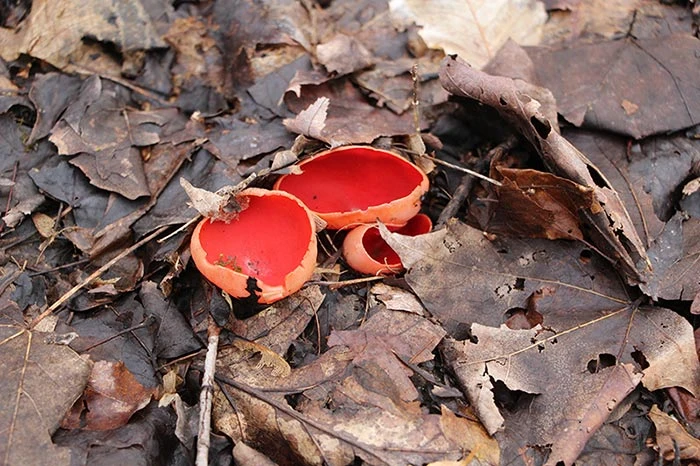So it never came back for us. It’s been perfect sap weather here for the last few weeks, but there’s been no sap coming out of our lines. The sap’s running – I’ve been stacking firewood near a maple with a broken branch and the sap’s been steadily falling from it – it’s just that our tapholes are dry. Now two months old, they’ve developed a microbial-induced scab that prevents deliquescence.
We processed a few more dribbles of sap since my last post; our last boil was April 4. In adding up our notes on the season I see that we generated 15.4 gallons of sap per tap, which is just shy of the 16-gallons-per-tap goal that we consider to be “a crop.” On most years that equates to about .37 gallons of syrup per tap, but on this year it meant only .26 on account of the poor sugar content. In real world terms, we fell about 300 gallons of syrup short of our goal. We’ve been on a five-year run where we’ve either hit or exceeded our target crop, so in the big picture it’s not surprising that we had an off year – this is agriculture, after all. But it’s still disappointing. On good years the last boil is a celebratory affair; this year we just shut off the lights and went home.
I’m out of steam, both where it comes to the season and where it comes to writing about it. So I’ll leave you with a picture of the year’s first fungus – the first I’ve seen anyway – which I found in the sugarbush while pulling taps. Little red cups that beat out the coltsfoot to be the first ground color of the year. Good luck to all you sugarmakers who are still going. And happy spring to everyone.
Dispatch from the Sugarwoods, 2018 - Part 4, Part 3, Part 2, Part 1



Discussion *